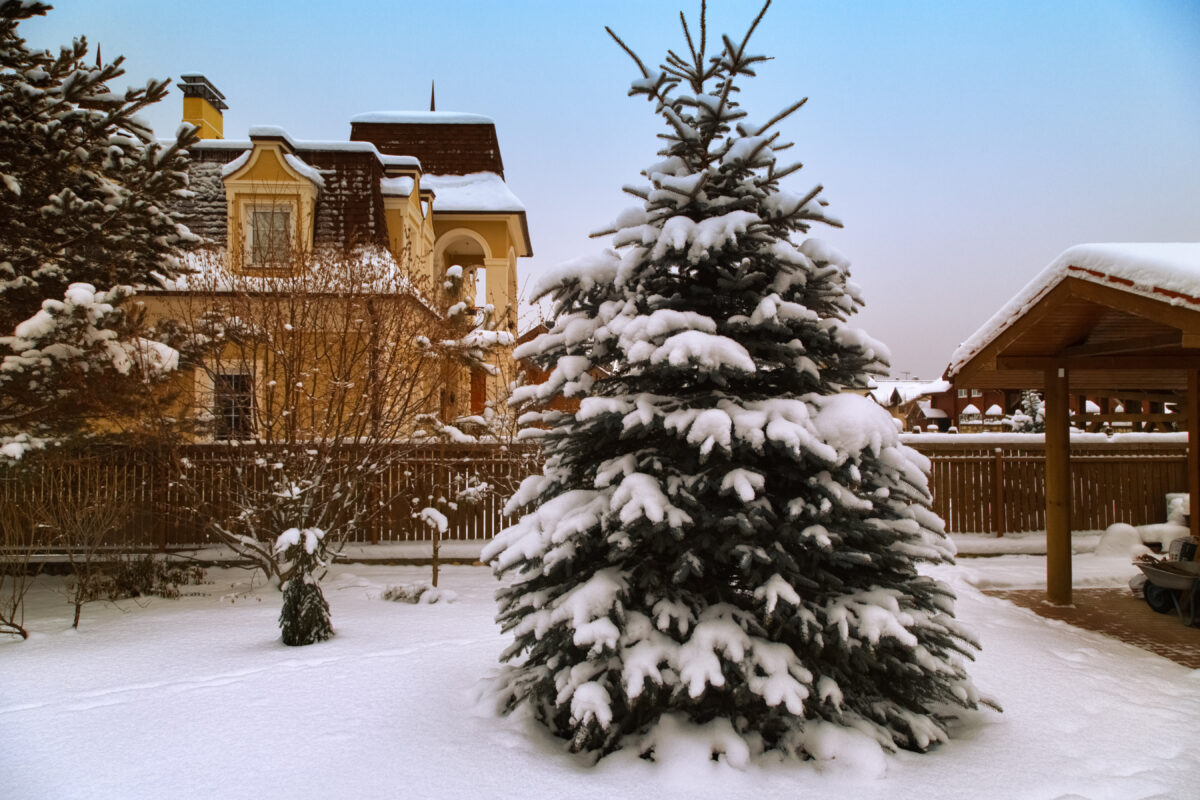Blog, Home Gardening Tips
What On Earth? How Do Trees Survive The Winter?
Unlike the birds that travel to warmer climes in the winter, trees cannot uproot themselves to do the same. So how do they survive in the winter, especially without their leaves?
The short answer is that trees have evolved strategies for withstanding the winter cold over the millennia. Let’s explore!
The trees “go to sleep” in the winter
When the daylight hours decline, trees begin to prepare themselves for dormancy. They increase their cold tolerance at a cellular level, and their metabolism, growth, and energy consumption slows nearly to a halt. When this happens, the tree can conserve water and energy until it comes out of dormancy in the spring.
Their bark helps provide insulation in the winter
Trees have several layers: the outer bark, phloem, and xylem. The outer bark is the first line of defense from the cold. It helps provide insulation, and the color allows them to tolerate the cold, reflect light, and disperse heat.
The xylem moves water and nutrients from the roots to the leaves, and the phloem moves sugars produced by the leaves down to the roots in the form of sap. The tree prevents ice damage by slowing these processes to an almost halt. If not, the water cells can freeze and become destroyed. To battle frozen cells, the tree produces ice nucleators and antifreeze proteins.
The type of leaves they have helps preserve water
To understand how a tree can survive the winter, look at whether they have leaves or needles. What they have will significantly affect how they adapt to the winter.
Broadleaf, deciduous trees (oaks, maples, etc.) will drop their leaves to reduce water loss. This is called abscission. Conifers (think pines and juniper) have needles with a waxy exterior that is much better at retaining water than broad leaves.
Not all trees are resistant to the cold
Trees transplanted from warmer climates do not have the same tolerance for the cold as native Midwest species. As such, they will find surviving the cold winters much more challenging to deal with.
To ensure the best health of your trees in the winter, contact us today at Hansen’s Tree Service. You are taking charge of your tree’s health by scheduling a hassle-free estimate and even a plant health care consultation. A professional ISA-certified arborist will come to your home and discuss your tree’s needs with you and if they could benefit from watering in winter.
